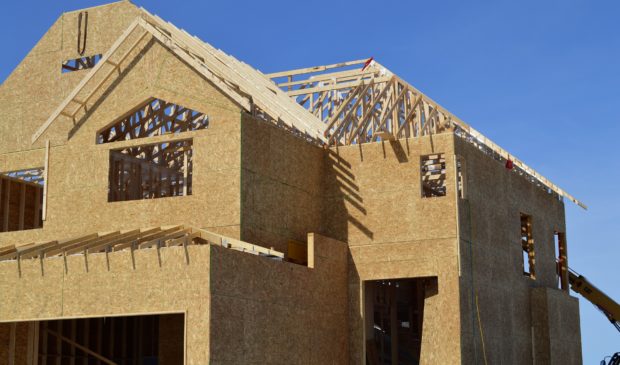Environmental Commission rejects Planning Commission CodeNEXT amendment
Monday, June 11, 2018 by
Jessi Devenyns At their June 6 meeting, members of the Environmental Commission found themselves faced with an unusual question: “What if developers had the right to build up to 90 percent of their base impervious cover without having to abide by the city’s many development regulations?”
At its last meeting, the Planning Commission passed a recommendation to amend CodeNEXT to say that “an applicant seeking to develop or re-develop property within the zoning jurisdiction of the City shall be entitled, without the necessity of any variance, adjustment, waiver, exception or alternate compliance decision, to develop or re-develop the property” to 90 percent of impervious cover, 90 percent of the building coverage and 90 percent of the floor-to-area ratio allowed by the zoning district.
Chuck Lesniak, the city’s environmental officer, sent a memo to the mayor and City Council on June 6 expressing his expert opinion that Council not incorporate this amendment into CodeNEXT. The Environmental Commission then seconded his dissent by unanimously passing a recommendation for Council not to support the Planning Commission’s amendment.
When Lesniak explained the implication of this amendment to commissioners he said, “It would direct staff to waive regulations until they got to that (90 percent limit).” He explained that this resolution would affect parkland, open space requirements, creek setbacks, critical environmental feature buffers and building height limitations, as well as substantively decrease the quality of life of Austin residents. “In my opinion, it is a significant backsliding of all our development regulations,” he said. “What it does is prioritize development over everything we’ve done for the last 40 years.”
Neither Lesniak nor the commissioners were clear on what the intended purpose of this amendment was. It also seemed from the Planning Commission’s recording that not all of the Planning commissioners were either. Lesniak said he spoke to one commissioner who told Lesniak he voted no because “he wasn’t clear on the purpose of this.” Lesniak suggested that this amendment came about because of concern “that the code (in the current draft of CodeNEXT) had not been well tested.”
While some of the Environmental commissioners could respect the spirit behind making development easier, they concluded that the Planning Commission had overstepped the mark. “I understand why they want to make it simplified, but it is so complicated to make sure everyone is safe,” said Commissioner Pam Thompson. “We should gently remind them that they can’t undo years of process.”
Lesniak said that this amendment is in effect creating a solution in search of a problem that doesn’t exist. He explained that if this amendment is attempting to ease the processes that developers face when trying to request variances when their project runs up against regulations, it is unnecessary. According to him, in the last three years, there have been 34 variances that have come through the Watershed Protection Department. Smaller requests go through the Board of Adjustment, which he says is a painless process.
Commissioner Andrew Creel said that even if this amendment was approved, it would cause more harm than good by pitting the city departments against each other because “nobody is going to want to let their requirement go.” He did concede that the intention behind the ordinance was good, but he said that because there is no key decision maker on which regulations will take precedence once the 90 percent mark is reached – Lesniak said that it would likely be the Development Services Department – this plan is going to create a conflict of interest.
In the end, none of the commissioners supported the amendment. “I would really like to believe … that this was an unintended consequence,” said Commissioner Wendy Gordon.
Curious about how we got here? Check out the Austin Monitor’s CodeNEXT Timeline.
The Austin Monitor’s work is made possible by donations from the community. Though our reporting covers donors from time to time, we are careful to keep business and editorial efforts separate while maintaining transparency. A complete list of donors is available here, and our code of ethics is explained here.
You're a community leader
And we’re honored you look to us for serious, in-depth news. You know a strong community needs local and dedicated watchdog reporting. We’re here for you and that won’t change. Now will you take the powerful next step and support our nonprofit news organization?









